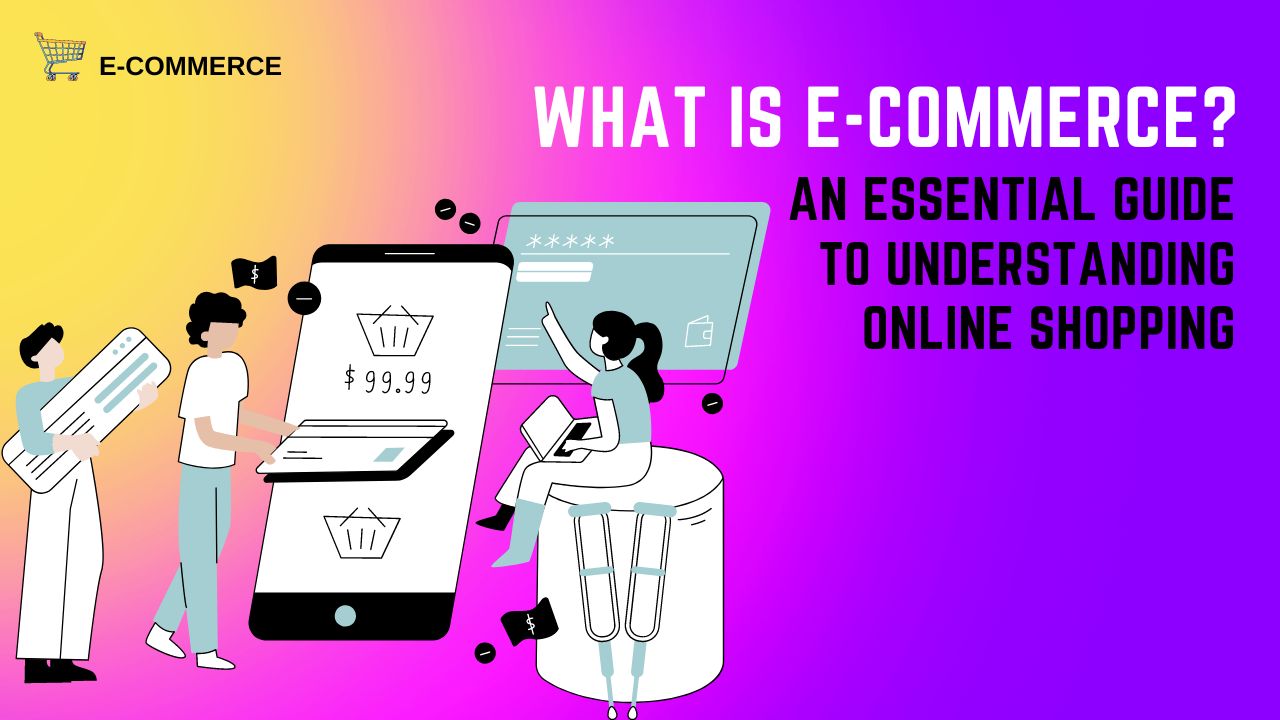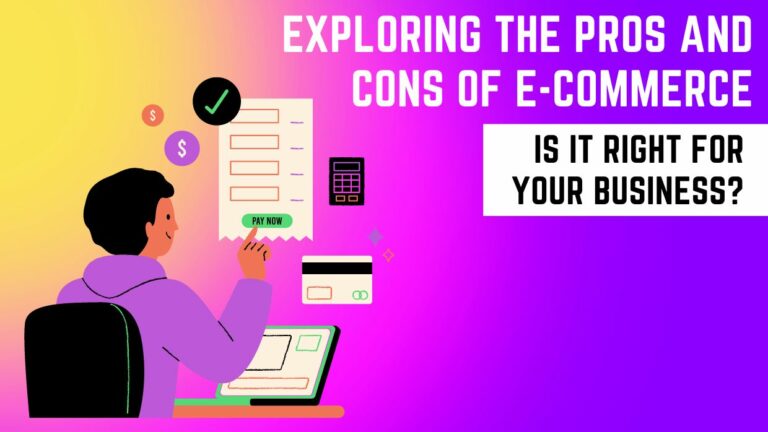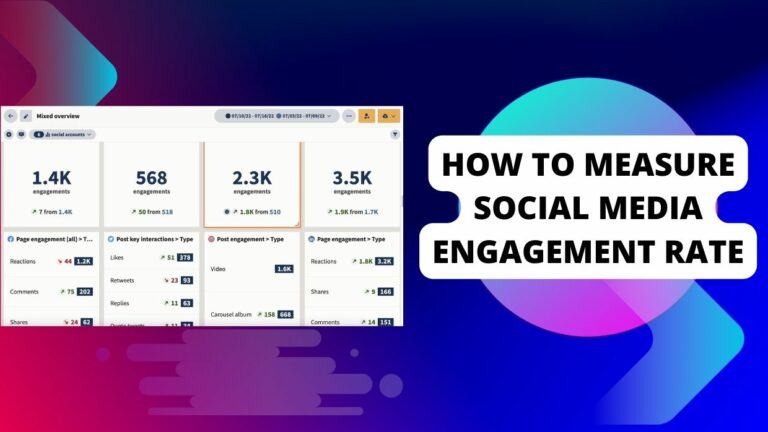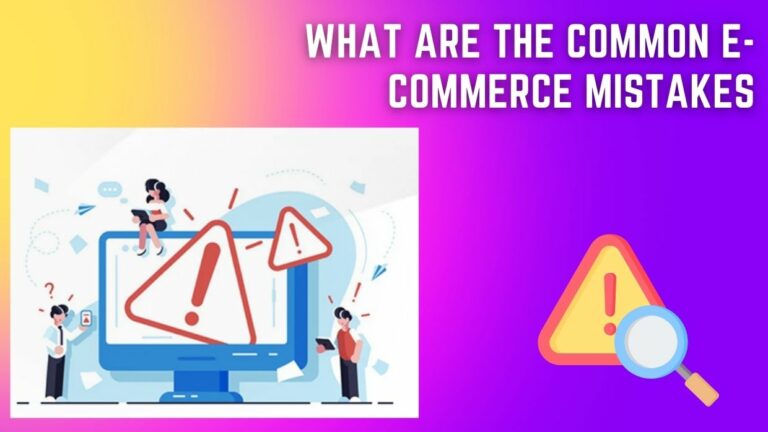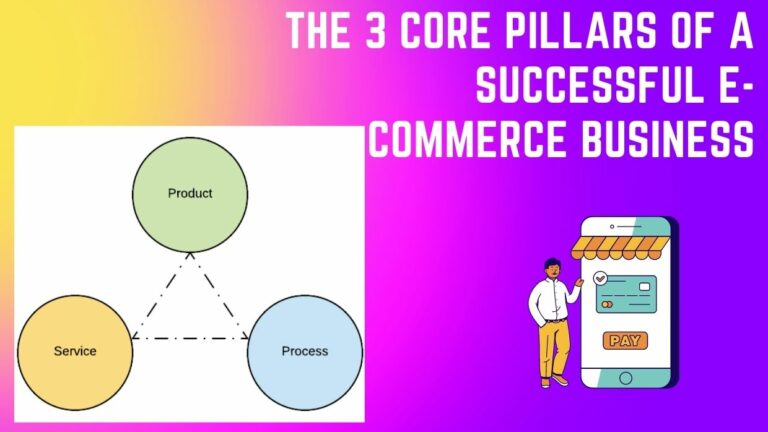What Is E-Commerce? An Essential Guide To Understanding Online Shopping
Is your business ready to take the plunge into e-commerce? With the rapid growth of online shopping, it is becoming increasingly important for businesses to understand the fundamentals of e-commerce. In this article, we provide you with an essential guide to understanding what e-commerce is and how it works.
Introduction to E-commerce
In order to understand what e-commerce is, we must first understand what commerce is. Commerce is the activity of buying and selling goods and services. E-commerce, or electronic commerce, is the buying and selling of goods and services using the internet.
E-commerce has been around since the early days of the internet. In fact, it was one of the first applications of the internet. Early e-commerce platforms were simple marketplaces where buyers and sellers could list items for sale and buyers could purchase items with a credit card.
Nowadays, e-commerce has evolved into a complex ecosystem with many different players. There are online retailers, such as Amazon and eBay, that sell their own products as well as products from other brands.
There are also marketplace platforms, such as Etsy, that allow individual sellers to list their products for sale. And there are countless smaller businesses that operate entirely online.
The beauty of e-commerce is that it levels the playing field for businesses of all sizes. A small business can reach a global audience with just a few clicks. And thanks to advances in technology, there are now numerous ways to accept payments online, making it easier than ever to start selling products or services online.
If you’re thinking about starting an online business, or if you’re curious about how e-commerce works, this guide will give you a crash course in all things e-commerce. We’ll cover the basics of setting up an online store
What is E-Commerce?
E-commerce is the buying and selling of goods and services online. It’s a convenient way to shop for items without having to leave your home. You can purchase items from all over the world with just a few clicks of a button. There are numerous types of e-commerce businesses.
The most common type is business-to-consumer (B2C), which is when a company sells products or services to individuals. Business-to-business (B2B) e-commerce occurs when one company sells products or services to another company.
Finally, there’s consumer-to-consumer (C2C) e-commerce, which happens when individuals sell goods or services to other individuals. The growth of e-commerce has been explosive in recent years. In 2018, global retail e-commerce sales reached $2.8 trillion, and they’re projected to reach $4.8 trillion by 2021. In the United States alone, e-commerce sales grew 14.2% in 2018 to reach $517 billion.
This growth is due in part to the increase in mobile shopping; Americans are now spending more time shopping on their smartphones than they are on their computers. E-commerce offers many benefits for both buyers and sellers. For buyers, it’s a convenient way to shop for items 24/7 from anywhere in the world. They can also compare prices easily and find discounts and coupons with a few clicks.
Benefits of E-Commerce

There are many benefits of e-commerce, including
- Increased reach: With an online store, you can sell to customers anywhere in the world. This is especially beneficial for businesses that are looking to expand their customer base beyond their local area.
- Lower costs: Setting up and running an online store is typically cheaper than setting up and running a brick-and-mortar store. You don’t have to worry about the costs of rent, utilities, or staffing.
- Greater convenience: Customers can shop on your website 24/7 from the comfort of their own homes. They don’t have to deal with traffic, parking, or long lines at the checkout counter.
- Increased flexibility: With an online store, you can offer a wider range of products and services than you could with a brick-and-mortar store. You can also more easily customize your website to meet the specific needs of your target market.
- Access to valuable data: When you run an online store, you have access to valuable data about your customer’s shopping habits and preferences. This data can help you make better decisions about what products to stock and how to market your business.
Types of E-Commerce
There are four main types of e-commerce: business-to-business (B2B), business-to-consumer (B2C), consumer-to-consumer (C2C), and consumer-to-business (C2B). B2B eCommerce refers to the electronic transactions between two businesses. For example, a manufacturer may sell components to a wholesaler, who in turn sells them to retailers.
The key difference between B2C and B2B eCommerce is that B2B buyers are usually more price sensitive because they are buying for their business, rather than themselves. In B2C eCommerce, businesses sell products or services directly to consumers.
This is the most common type of eCommerce; examples include online retailers such as Amazon, as well as digital content providers such as iTunes. C2C eCommerce is when consumers sell products or services to other consumers. The best example of this is eBay, where individuals can auction off items to the highest bidder.
Finally, C2B eCommerce occurs when consumers sell products or services to businesses. An example of this would be a freelance writer who sells an article to a magazine or website.
Setting Up an Online Store
There are a few key things you need to do in order to set up an online store. First, you need to find a web hosting service and register a domain name. Once you have done that, you can create your online store using eCommerce software such as Shopify, Wix, or Magento.
After your store is up and running, you will need to add products and set up payment methods. Finally, you need to promote your store and drive traffic to it. If you want to set up an online store, there are a few key things you need to do. First, you need to find a web hosting service and register a domain name.
Once you have done that, you can create your online store using eCommerce software such as Shopify, Wix, or Magento. After your store is up and running, you will need to add products and set up payment methods. Finally, you need to promote your store and drive traffic to it. There are many ways to promote your stores, such as SEO, social media marketing, and email marketing.
Payment Options for E-Commerce Businesses
There are a few different payment options available to e-commerce businesses. The most popular option is to use a credit cards processor, such as PayPal or Stripe. These companies will provide you with a way to accept credit card payments from your customers. Another option is to use an e-check service, such as Dwolla or ACH Direct.
These services allow you to process electronic checks from your customers. This can be a great option if you are selling products or services that cost less than $100. Finally, you can also choose to use a traditional merchant account with a bank. This option can be more expensive, but it may be the best choice for businesses that do a lot of sales volume.
Challenges Faced by E-Commerce Businesses
There are a number of unique challenges faced by e-commerce businesses. First and foremost, they must ensure that their website is optimized for search engine ranking. This can be a challenge in itself, as there are constantly changing algorithms that can impact visibility. In addition, e-commerce businesses must also focus on creating an intuitive and user-friendly shopping experience.
This means considering things like navigation, product descriptions, and the checkout process. Creating a seamless customer journey is essential for keeping shoppers engaged and reducing abandon rates. Another big challenge for e-commerce businesses is managing inventory and fulfillment.
This can be a complex task, particularly if selling products that are sourced from multiple suppliers. Keeping track of stock levels, order fulfillment, and returns can be time-consuming and costly if not managed efficiently. Additionally, ensuring that orders arrive on time and in perfect condition is crucial for maintaining customer satisfaction levels.
Finally, e-commerce businesses must also stay up-to-date with the latest trends and technologies. This includes both online trends (such as social media marketing) as well as changes to payment methods and delivery options. Keeping on top of these trends helps to ensure that customers have a positive experience when shopping with your business.
Conclusion
E-commerce has revolutionized the way we purchase goods and services. It has made shopping easier and more accessible than ever before, allowing people to shop from anywhere in the world with a few clicks of a button.
With this essential guide, you should now have an understanding of what e-commerce is, how it works, and why people choose to shop online. If you’re ready to join the digital age and start taking advantage of all that e-commerce has to offer, then get started today!
Stay tuned for new updates…! https://blog.kwikcart.io/

